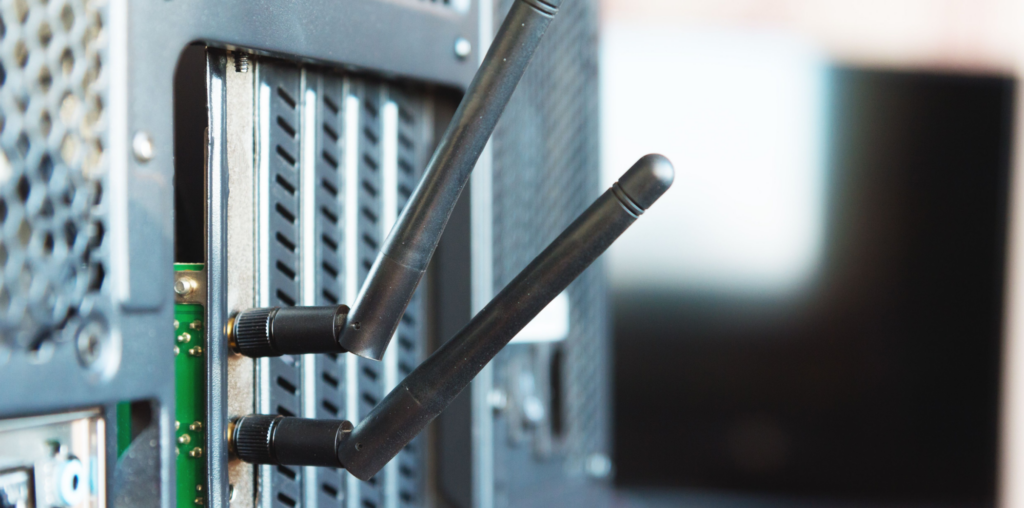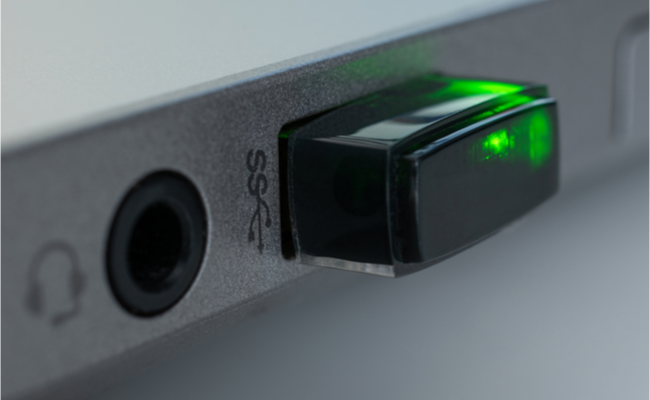Wi-Fi is becoming more common in desktop computers, but not all desktop PCs have it. Add Wi-Fi and you can connect to the Internet wirelessly and host Wi-Fi hotspots for your other devices.
This is a simple, inexpensive process. Buy the right little adapter and you can even take it with you, quickly adding Wi-Fi to any desktop you come across by plugging a tiny device into its USB port.
Why You Might Want to Add Wi-Fi
If you’re happy with your current Ethernet connection, there’s no need to throw away the cables and go wireless. Good old Ethernet cables are still useful. They offer faster speeds, lower latency, and more reliable connections than Wi-Fi.
Of course, the benefits of Wi-Fi are tough to ignore, even in a desktop PC. With Wi-Fi, you can position your desktop computer anywhere in your home or office, as long as there’s a power outlet nearby. You can then connect it to your router without running an Ethernet cable. Adding Wi-Fi to your desktop PC can also be useful even if it already has an Ethernet connection. With Wi-Fi, you can host a Wi-Fi hotspot on your PC, allowing other devices to connect through its Internet connection.
The Easy Method: A USB-to-Wi-Fi Adapter
Just as you can add Bluetooth to an old computer simply by plugging a little Bluetooth dongle into its USB port, you can add Wi-Fi to a computer by plugging a tiny little dongle into a USB port. This is an easy and cheap option.
There are a huge number of USB Wi-Fi adapters on the market of varying quality. Their price ranges from a few bucks all the way up to 60 or 70 dollars, depending on build quality, and what features they have. Just because they can cost that much doesn’t mean you need to spend that much—there are plenty of inexpensive options that will do just fine.
The least expensive options tend to be small, and use older Wi-Fi standards. If you’re looking for basic connectivity, something like this adapter from TP-Link is a perfect fit. TP-Link has been around for decades and the company consistently delivers good products. This sort of adapter is small enough that you can stick it in a USB port and completely forget it is there, and you’re not likely to accidentally knock it out.
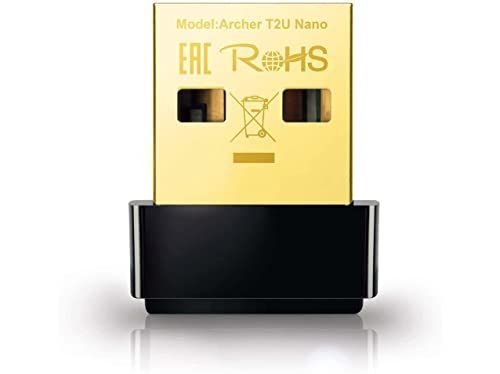
TP-Link Nano AC600 USB Wifi Adapter
$13 $18 Save $5
The TP-Link Archer TU2 Nano is a low-profile USB Wi-Fi adapter. It supports both 2.4 GHz and 5 GHz Wi-Fi Networks. It is simple to use and reliable.
If you’re looking for something higher-end, like an adapter with Wi-Fi 6 compatibility or WPA3, you’ll have to spend more. This adapter from TP-Link is an excellent choice if you have a router that supports Wi-Fi 6 or 6E, or if you’re just interested in future-proofing.
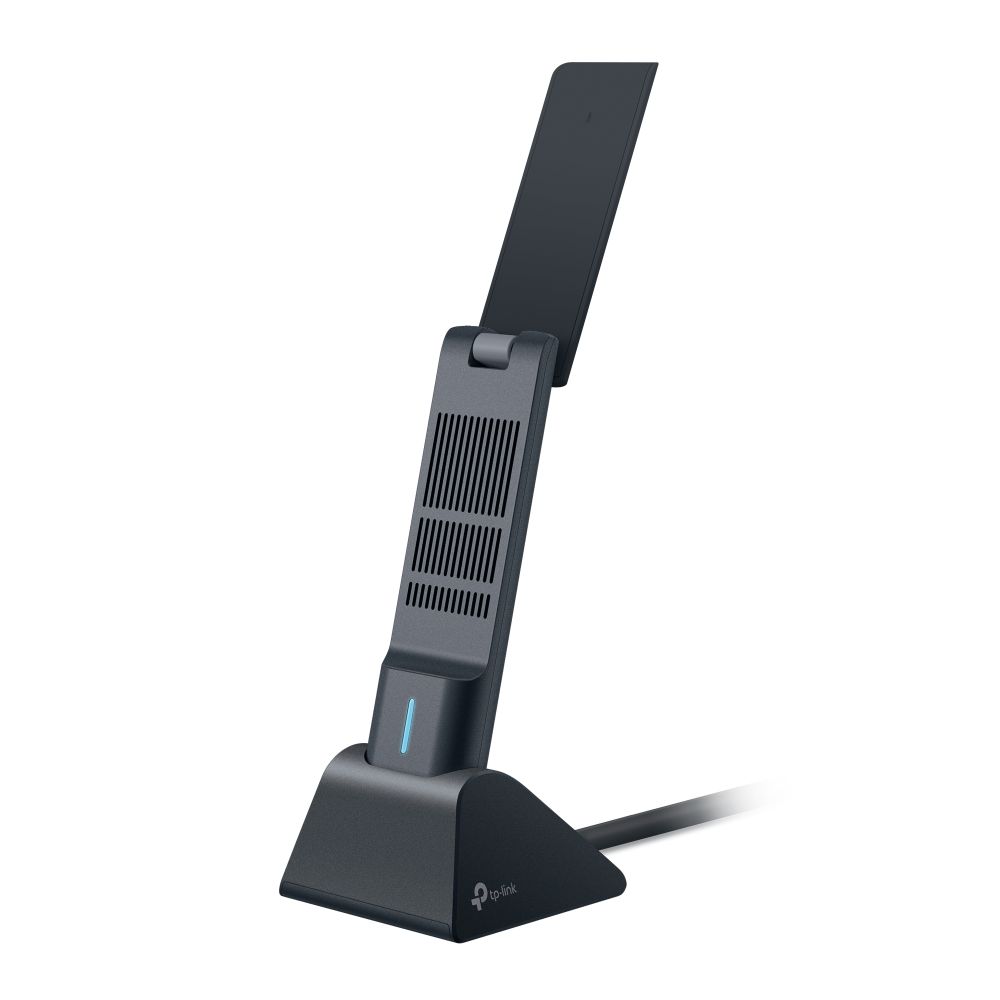
Archer TXE50UH
$60 $80 Save $20
This Wi-FI USB adapter supports Wi-Fi 6 and 6E, giving you access to the 2.4GHz, 5GHz, and 6GHz bands.
It boasts a maximum theoretical speed of 3 gigabits per second, and can be connected to your PC’s USB port or through the included cradle.
Bigger, better antennas should improve your connection (up to a point). If connection strength is a major concern, and you have the space, there are plenty of USB adapters from reputable manufacturers that have full-sized antennas attached. This adapter from TP-Link costs about $20 dollars at the time of writing in November 2024 and should offer better connectivity compared to its cheaper counterparts.
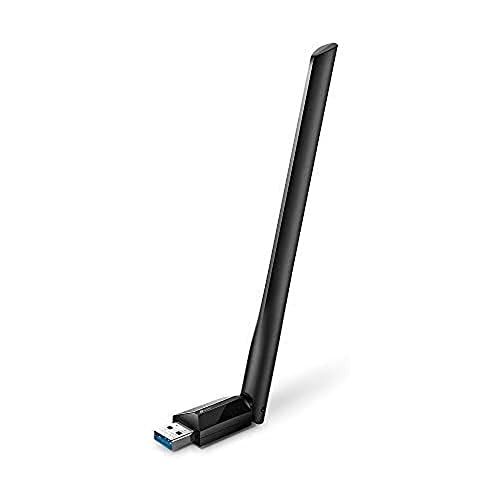
TP-Link Archer T3U Plus
The TP-Link Archer T3U Plus offers Wi-Fi 5 compatibility, a more sensitive antenna, and support for all major operating systems. If you need better reception and don’t mind a larger antenna, this is a good pick.
Install an Internal Wi-Fi Card
You can also add a Wi-Fi card to your desktop PC. This involves opening up your PC, and then installing a dedicated internal Wi-Fi card in a PCI Express (PCIe) slot, PCI Express Mini slot, or something similar. Assuming your PC is designed to be opened easily and has a spare slot for an expansion card, this should work well.
The advantage of using a dedicated internal Wi-Fi card is that it will potentially have better reception than a little USB dongle—mostly because the internal version can include a larger antenna that sticks out of the back of your PC, or can be placed nearby. They almost always include a Bluetooth adapter as well.
High-end PCIe Wi-Fi cards, like Gigabyte’s GC-WBAX210, come packed to the brim with the latest and greatest wireless features, like Wi-Fi 6E, Bluetooth 5.2, and WPA3. They’re not limited by the bandwidth of a standard USB 3.1 Gen 1 interface, and come with full antennas. If you have a router that supports it, you can’t do much better.
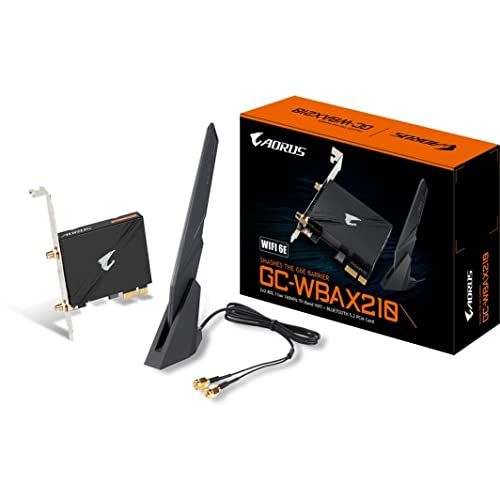
Gigabyte WiFi 6E GC-WBAX210
$40 $47 Save $7
The GC-WBAX210 comes loaded with everything you could want in a Wi-Fi card in 2022: Wi-Fi 6E, Bluetooth 5.2, and WPA 3.
There are cheaper PCIe cards available if you have an older router that doesn’t support Wi-Fi 6 or Wi-Fi 6E, like TP-Link’s Archer T5E. The Archer T5E supports for Wi-Fi 5 and Bluetooth 4.2—plenty for the majority of applications. If you’re just looking to get a desktop on a wireless network on a budget, this is an excellent choice.
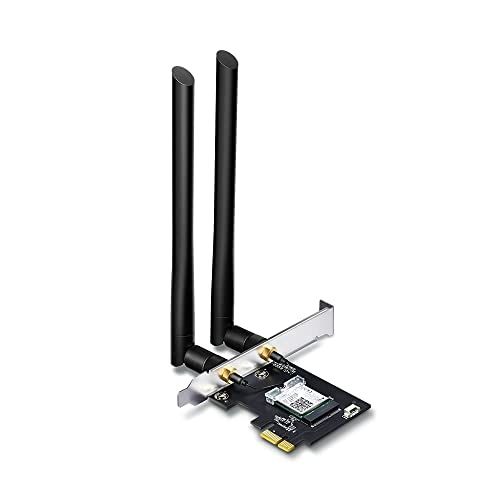
TP-Link Archer T5E
$18 $40 Save $22
The TP-Link Archer T5E is a solid choice for most day to day applications in 2022. It supports Wi-Fi 5 (2.4 GHz and 5 GHz), and Bluetooth 4.2
Before you purchase a Wi-Fi card, be sure your computer has a free slot of the appropriate type and that you’re comfortable installing it on your own. Assuming you can get your computer open easily, it should just be a matter of shutting it down, opening the case, plugging the card into the slot and securing it with a screw, closing the case, and booting up. As always, make sure you follow proper safety precautions so you don’t accidentally damage a component.
When you’re done, your computer will be able to connect to Wi-Fi just like your average laptop. You may have to install the drivers that came with your Wi-Fi hardware first, though.
